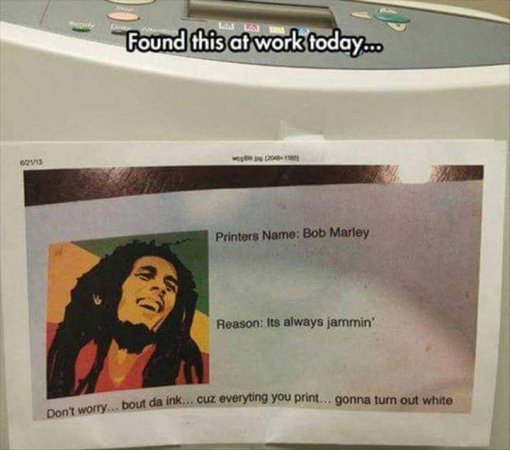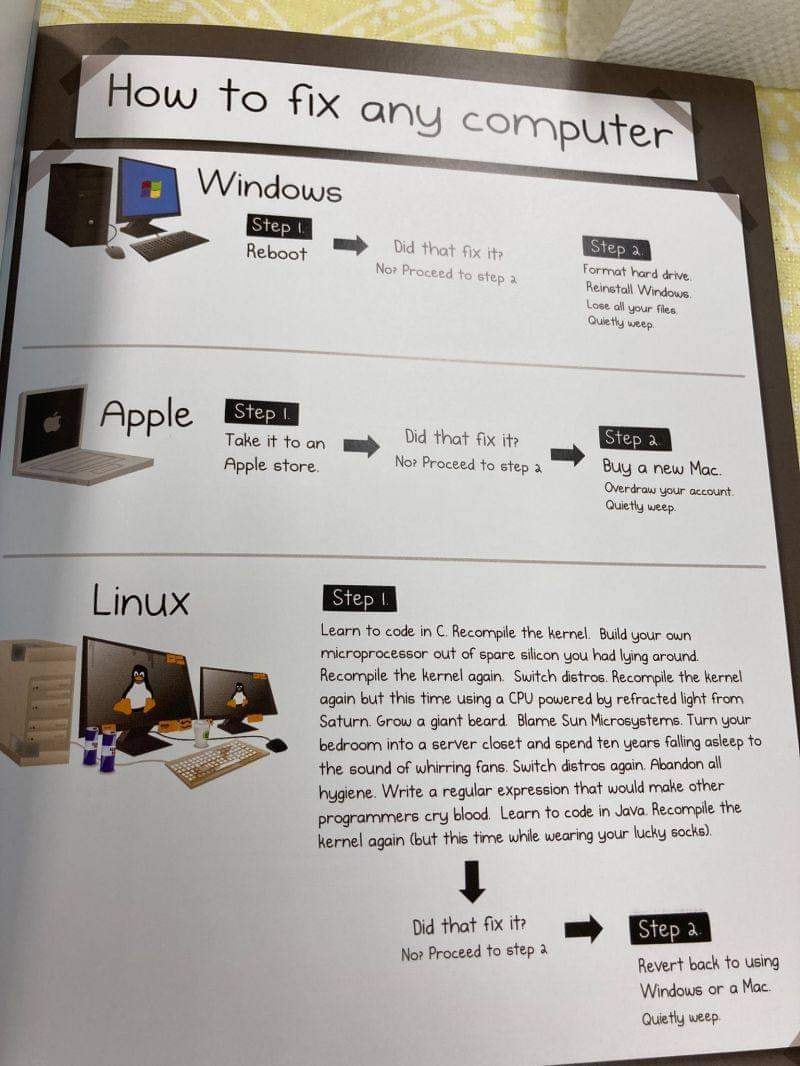sonus70
Slavan
- Učlanjen(a)
- 20.10.2006
- Poruke
- 226
- Poena
- 330
Moja oprema
- CPU & Cooler
- AMD Ryzen 3 3200U with Radeon Vega Mobile Gfx 2.60 GHz
- RAM
- 8
- GPU
- integra
- Storage
- ssd
- Laptop
- HP 255 g7
- Tablet
- Samsung Active tab 7
- Mobilni telefon
- Realme
- Pametni uređaji
- Supruga
- Pristup internetu
- Optički internet




























